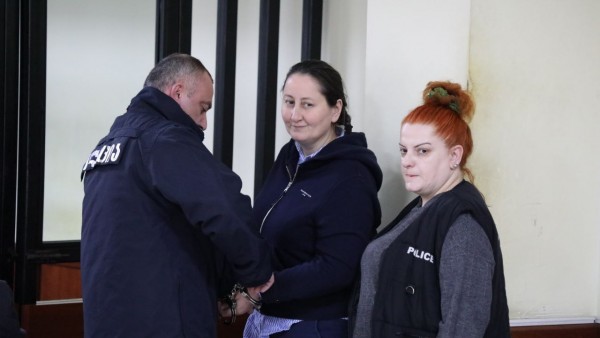The first six months of 2010 have proved less deadly for journalists than the first half of 2009, according to the International Press Institute’s (IPI) ‘Six-Month Death Watch Report’, issued on Monday.
By 30 June 2010, 38 journalists had lost their lives because of their work, compared to 43 at the same point in 2009.
So far this year, almost one in five journalists killed was covering corruption, making it one of the most dangerous subjects to report on. In 2009, too, almost a fifth of all journalists killed were covering corruption.
Four out of the first six months of 2010 (January, February, March and May) all saw a decline in journalist killings. However, April 2010 – following violence in Thailand and Nigeria, as well as the continued targeting of journalists in Honduras and Somalia – saw a surge in deaths of media workers, with 11 dying, compared to five in the same month in 2009. June also saw an increase – albeit marginal – following the deaths of three journalists in less than a week in the Philippines.
Although 2010 has so far seen fewer journalists killed because of their work than in 2009, a worrying trend has emerged in Latin America, which – although the third most dangerous region for journalists this decade – has now surpassed Asia, the Middle East and North Africa as the most deadly continent for journalists so far this year. By the end of June 2009, 13 journalists had been killed in the Americas, compared to 17 in Asia. In the first six months of this year, 16 journalists were killed in the Americas, compared to 11 in Asia – against the backdrop of ongoing conflict in Afghanistan and Pakistan.
The vast majority of journalists killed in the Americas have died in two countries: Honduras and Mexico. By the end of June 2010, eight journalists had been killed in Honduras, and seven in Mexico.
Honduras has seen a spate of attacks against journalists following a breakdown in law and order after the ouster of former president Manuel Zelaya in June 2009. Since the coup in June 2009, nine journalists have been killed – a worrying statistic given that only seven had been killed prior to the coup since IPI started its Death Watch in 1997.
Mexico has been a consistently dangerous place for journalists since IPI’s Death Watch began in 1997 due to the ongoing violence between drug-trafficking cartels and the government-backed military.
IPI’s research also indicated that in the first six months of 2010, of those journalists covering a specific topic when they were killed, almost one fifth were reporting on corruption, making covering corruption more dangerous than covering conflict.
In 2009, nearly 30 per cent of journalists killed covered conflicts in Iraq, Somalia, Sri Lanka, Pakistan and Afghanistan. In the first six months of 2010, 15 per cent of those killed were covering conflicts or working in conflict zones.
Crime reporting became increasingly dangerous in 2010 compared to the same period in 2009: 21 per cent of journalists killed in the first half of 2010 were targeted for covering crime on either a local, regional or national level, compared to 13 per cent in 2009.
“The news that the first six months of this year have been less deadly than the same period last year is to be welcomed; however, IPI continues to be extremely concerned by the rising violence in the Americas,” said IPI Director David Dadge. “If journalists are to be able to practice their profession safely, law and order needs to be restored and there must be an end to impunity.”
Noting that one in five journalists killed so far this year were reporting on corruption, Dadge added: “Investigative reporting of corrupt public officials is a vital aspect of journalism and the public have a fundamental right to know what is happening in their country. I also think that the public need to understand the ultimate price paid by some journalists when reporting on this dangerous subject.
“IPI offers its condolences to the families of all journalists killed this year.”
A PDF version of statistics and charts can be accessed here. IPI’s Death Watch, which is updated throughout the year, can be found here.


